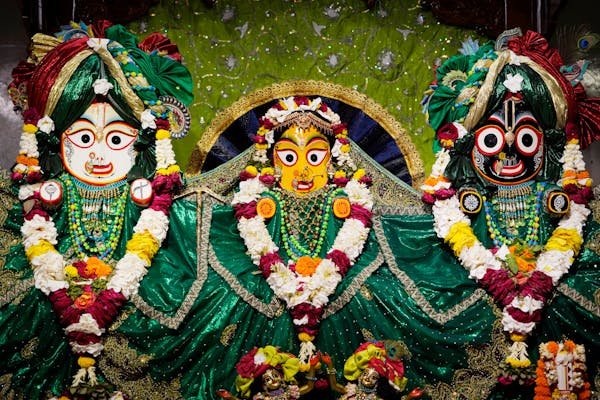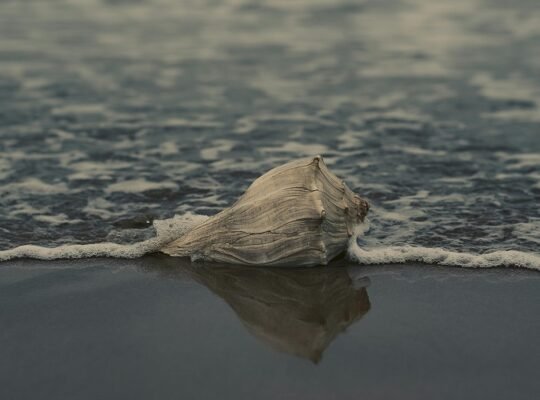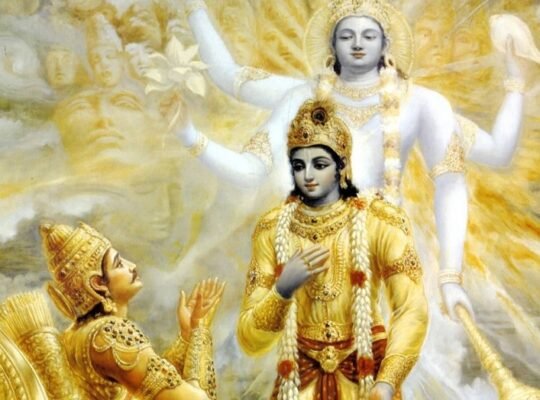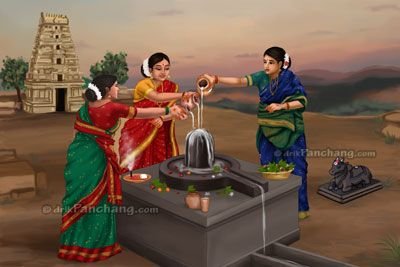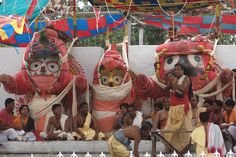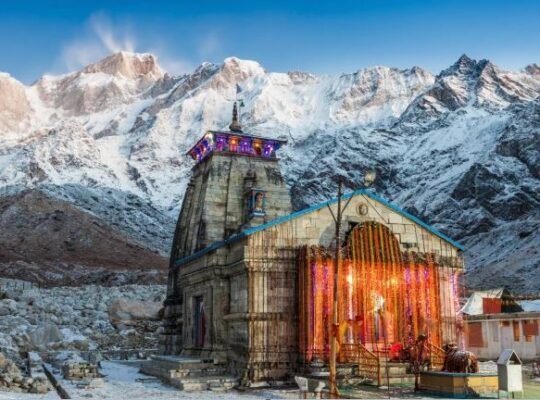-Sujata Muguda, Shreyas WebMedia Solutions
29 June 24: The Snana Yatra, a significant and divine event in the calendar of rituals dedicated to Sri Jagannath, marks a period of deep religious fervor in Puri, Odisha. This festival celebrated on the Purnima (full moon day) of the Hindu month of Jyeshtha, involves the ceremonial bathing of the deities Sri Jagannath, Balabhadra, Subhadra, and Sudarshana Chakra with 108 pots of sanctified water drawn from the northern well of the temple once a year, symbolizing the birth of Lord Jagannath.
Following the Snana Yatra, the deities are believed to fall ill and thus enter a phase of isolation known as the Anasara period. During this time, the deities are kept away from public view, and a series of secretive rituals, known as the ‘Gupta Niti,’ are performed by the Daitapati priests.
The Anasara period lasts for a fortnight, during which the deities are said to undergo treatment and recuperation. The rituals performed are deeply symbolic and are carried out with utmost devotion and care. The deities are placed behind a screen, known as the ‘Anasara Patti,’ which depicts the images of the ‘Dasaavatara’ or the ten incarnations of Lord Vishnu.
During this time, the temple kitchen also observes a ritual known as ‘Rosa Homa,’ where offerings are made to the sacred fire, and the fire from this ritual is used to cook food for the deities. The daily services and offerings continue, albeit in a modified form, as the deities are not in the sanctum sanctorum but in the Anasara Ghara (the sick chamber).
The end of the Anasara period is marked by the Nava Yauvana ritual, where the deities are adorned with new clothes and jewelry, signifying their recovery and return to their devotees. This event leads up to the world-renowned Rath Yatra, where the deities are taken out of the temple in grand chariots to meet their devotees.
The Anasara period is a time of intense spiritual activity within the temple, reflecting the human-like treatment of the deities, and emphasizing the deep bond between the divine and the devotees. It is a testament to the unique practices of the Jagannath cult, which celebrates the Lord not just as a distant divine figure but as a living entity with human attributes.
The rituals of Sri Jagannath after the Snana Yatra are a profound blend of mysticism, devotion, and cultural heritage, forming an integral part of the spiritual tapestry of Odisha. They reinforce the ethos of the Jagannath culture, which embraces the divine in its most accessible and intimate form.
Interested in the detailed rituals and the philosophical underpinnings of these practices, further reading and exploration into the subject are encouraged, as they offer a window into the rich tapestry of Indian spiritual traditions and the living culture of devotion that surrounds Sri Jagannath.
